The Korean Ajumma and How I Became One
Last Updated on May 25, 2024
When I first came to Korea, I had just graduated from university and I was pretty bright eyed and bushy tailed. I had no idea what was what and I was floating through life having fun, attending parties that seemingly never ended, and traveling around South Korea and other nearby countries.
Switch to now and I’ve just turned 40 and l’ve learned how to transition into this next stage of my life from the iconic Korean ajummas that I’ve called neighbors for most of my adult life. For some, there’s something scary about them. For others, they seem undaunted by everything and liberated to the point of uncaring about mundane things… like traffic lights, for example. Gruff, permed, and pushy. The middle-aged Korean woman is either revered or feared, or perhaps a bit of both.
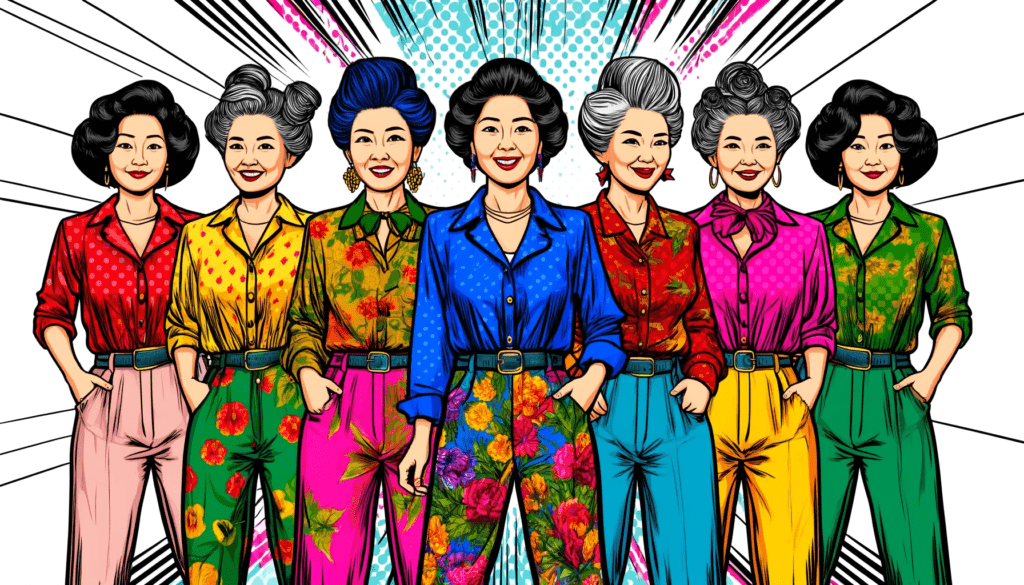
If you’ve lived or visited Korea, you’ve no doubt seen them, but what do you we really know about the Korean ajumma and how did I become one?
- What is a Korean ajumma?
- The cultural complexity of the ajumma
- How to spot an ajumma
- Am I really an ajumma now?
(This post contains affiliate links, which means I receive a certain percentage of a sale if you purchase after clicking at no cost to you. Thank you for your support.)
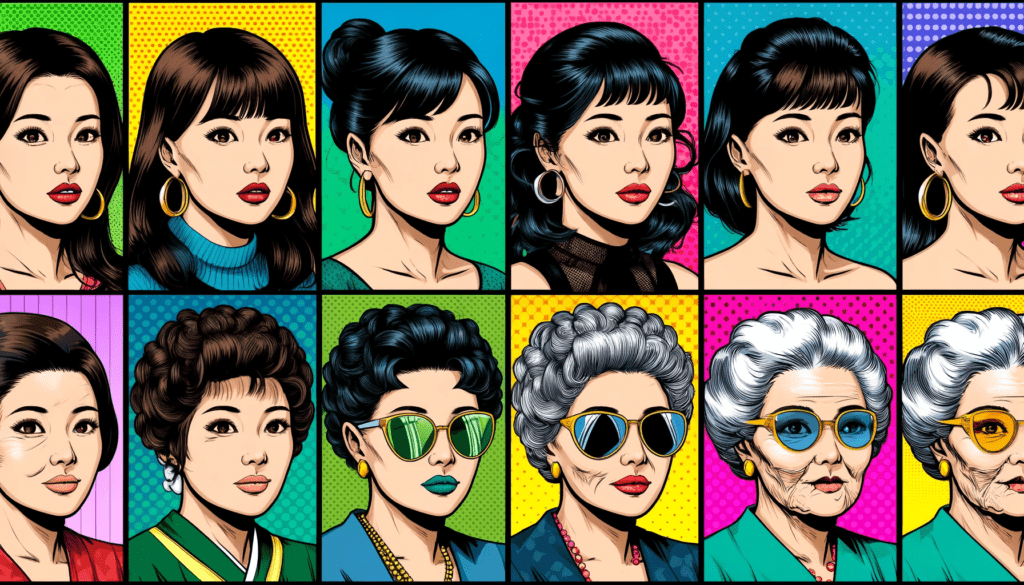
What is a Korean ajumma?
Ajumma (아줌마) comes from the Korean word ajumeoni (아주머니). Ajumma is less polite than ajumeoni though, so while they mean the same thing, calling out an ajumma will get you a more disgruntled reaction to be certain.
Tip: If you’re in a restaurant and want to call your waiter over and she’s an older woman, instead of saying ajumma or ajumeoni, call out “이모 (eemo)’ which means aunt and is much more endearing.
Simply speaking, an ajumma just means a middle-aged woman (between the ages of 30 and 70) and the turning point to become one is when a woman marries, however, it’s not really all that simple. Once a woman is married, if you switch to calling her an ajumma, she will no doubt frown at you.
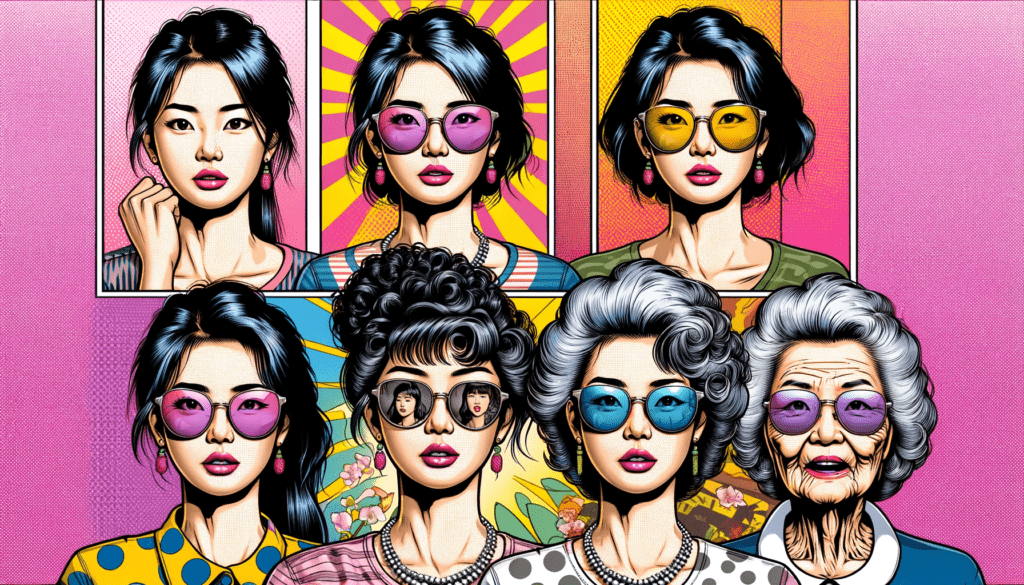
Because Koreans uses familial terms with people that aren’t always related, the term ajumma is said to be appropriate for “aunts”, meaning their unrelated but significantly older than the speaker, a housewife, a wife, or an older ma’am.
What’s important though, is really understanding that their needs to be a significant age difference between the speaker and the listener. A sure fire way to piss off a woman is to call her an ajumma when you’re only a few years her junior. In doing so, you’re really referring to her attitude in a negative manner and not merely respecting her elder status.
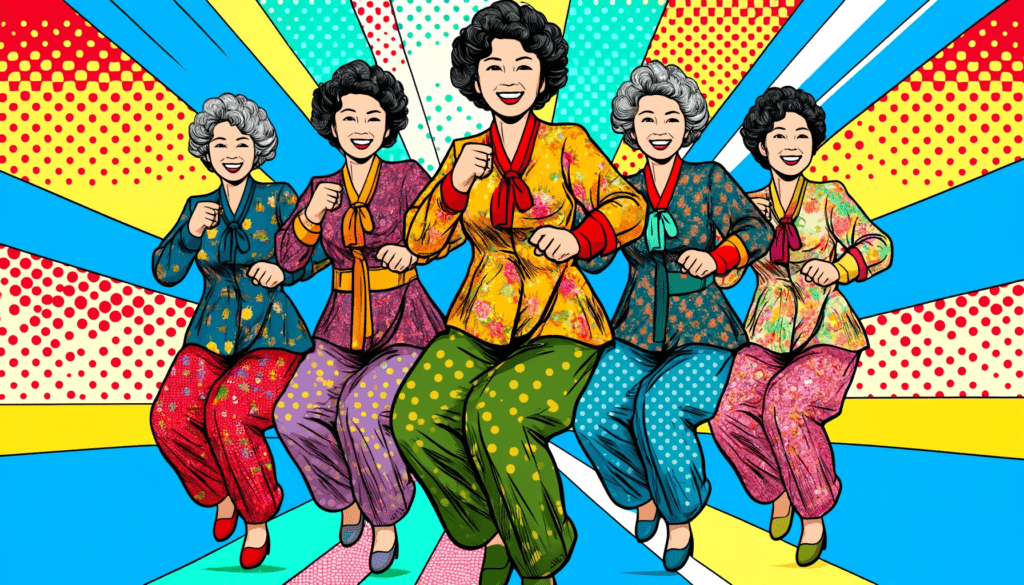
Korean ajummas are trending
Korean ajumma flashmobs, Korean ajumma-themed trips and more have been trending for the past couple of years and not just in Korea, but abroad as well. If you’re wondering what’s going on, read up on the Halmennial (할매니얼) trend.
Halmennial, the combination of “halmeoni” (할머니), the word for grandmother in Korean, and “millennial” is the next stage of the “newtro” trend in Korea. Millennials, those born between 1982 and 2000, were enjoying this nostalgic trend and have gone even further to really embrace their grandmothers’ tastes.
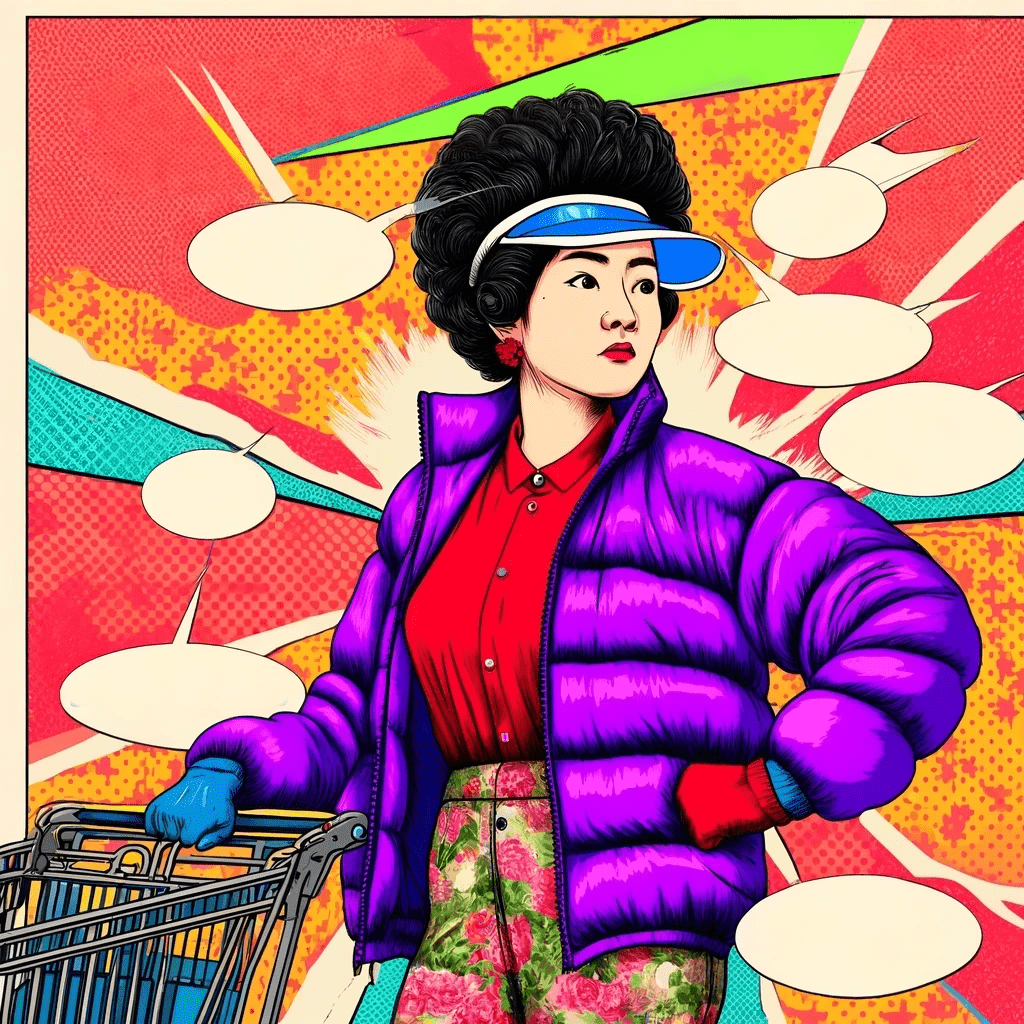
They’re purchasing “granny chic” (그래니 시크) attire, loose floral skirts, cardigans, and crochet vests. Check out the hashtags #그래니룩 (granny look) and #할미룩 (grandma look) to see some of these outfits. There were even more Korean acting and model seniors representing brands in ads which is quite uncommon in Korea.
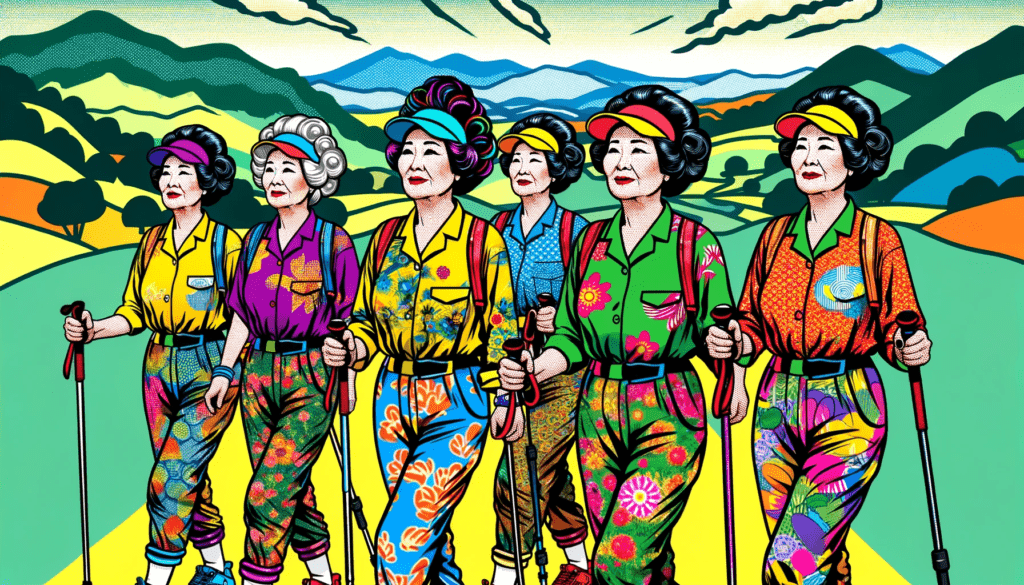
The cultural complexity of the ajumma
Much like I learned I had no actual “friends” in Korea, I’ve learned that the simplest of definitions does not suit this word either. You need to understand the cultural nuance related to the word to really understand it.
There’s a lot of cultural baggage with the term ajumma so purely looking at the definition will guide you down a path of inaccuracy. In Korea, it is joked that there are three genders—the male, the female, and the ajumma.
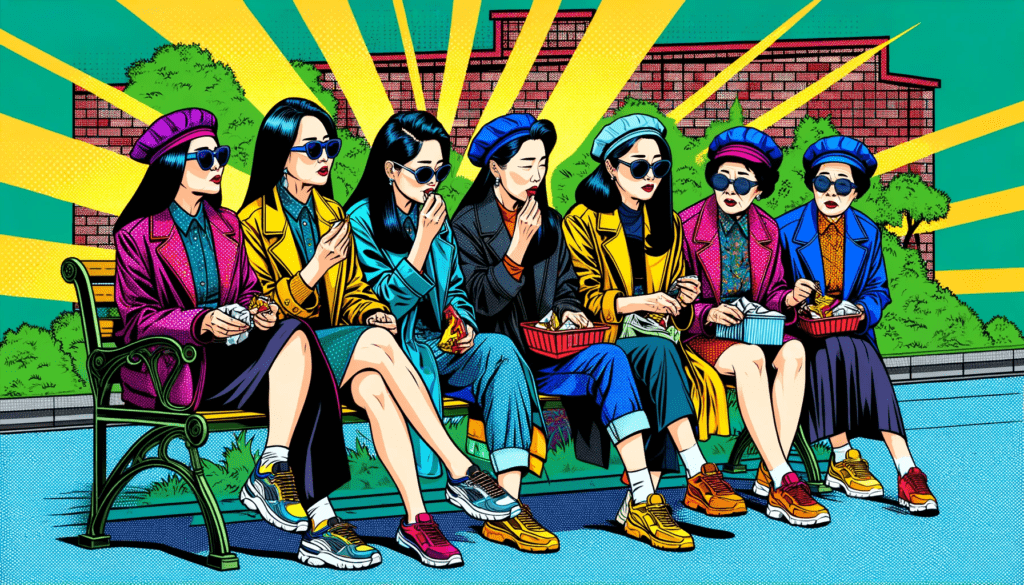
This group of women has historically raised their children and filled labor shortages so they have a no-nonsense attitude which comes off as gruff and brash.
What I’ve found most interesting is that once a woman completely accepts that she is indeed an ajumma, she doesn’t seem to give a sh** about a darn thing. She cares until she just doesn’t anymore. For a country where you really have to be “on” all of the time, it seems liberating from the outside.
From the inside, they’ve had to deal with everything their husbands didn’t want to, everything their kids couldn’t, and whatever their in-laws demanded so when it’s their time to shine… or not have to listen to everyone else anymore, they take full advantage of the skills they’ve honed through countless years of hard work and supporting others.
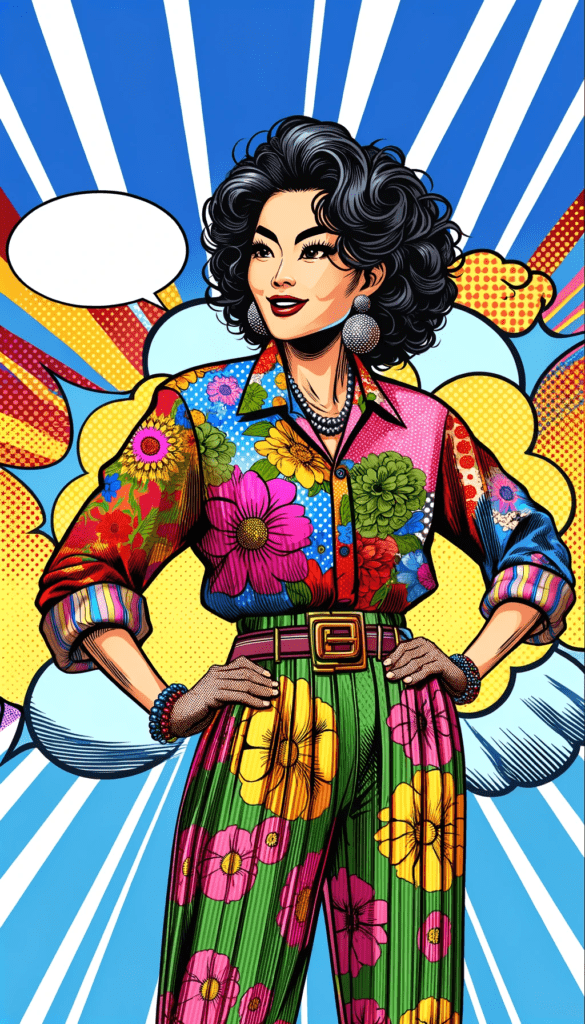
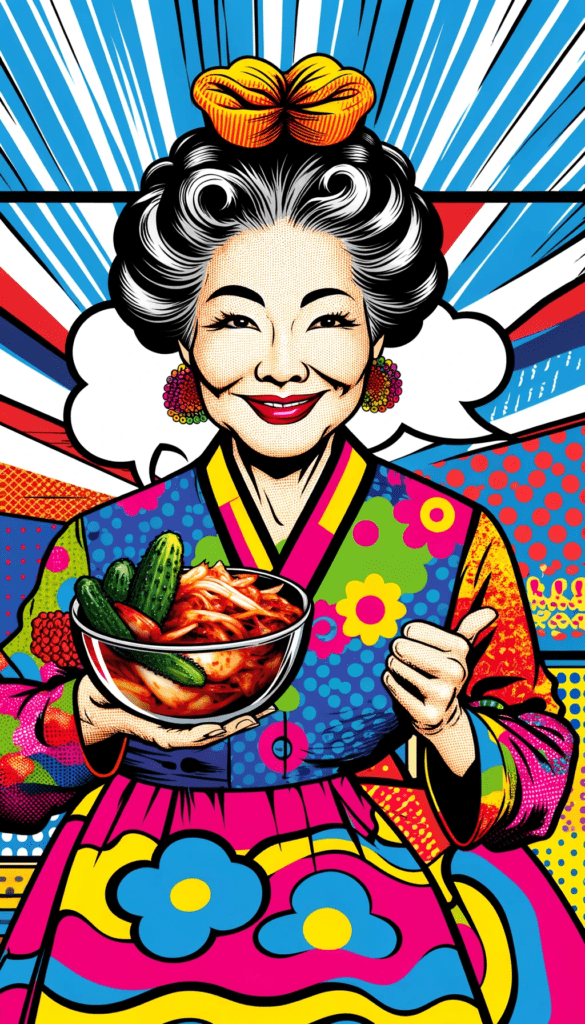
To be honest, I have adored many an ajumma that I’ve met or lived near. Older Korean women have given me tips for how to cook when I’m shopping at the Korean traditional markets and in my neighborhood, they’ve even given me kimchi and food.
When I was a new mother, it was always an ajumma that would jump up to help me when I was out and about and in need. An ajumma held my daughter when I was shuffling everything trying to find a bottle and get medicine in a pharmacy and it was a number of ajummas who held my daughter in restaurants so that I could eat a full meal. An ajumma is always the first to get up to give my daughter a seat on a bus. I have yet to see an ajeossi, the male equivalent, do this.
To me, an ajumma isn’t at all scary… unless you’re both trying to get the same empty seat on a subway or bus. In which case, just give up now and let her have it. But really, she deserves it.
How to spot an ajumma
Ajummas are changing and the iconic perception of a short dowdy woman with permed hair isn’t necessarily the way to spot an ajumma anymore. The modern ajumma may blend in a lot more than you realize.
But if you’re out and wonder who that swift little permed woman is who stole a seat from you on a bus, here’s how to confirm you’ve spotted an old-school ajumma:

The Knot Perm
The biggest sign that you’ve spotted an ajumma is her perm. While young women are said to sport long hair, and men have short hair, the ajumma has permed hair. I wouldn’t say this is so different from my own recognitions of ajummas in the west. My own grandmother has had a perm very similar to the Korean ajumma perm for at least 60 years.
History tidbit: The short and tight hairstyle has its roots in the Japanese colonization of Korea. Perms were only available in department stores at the time and going to them denoted wealth. Perms were a low maintenance hairstyle which meant women could do housework, rear children, and make a living without much upkeep to their hair.
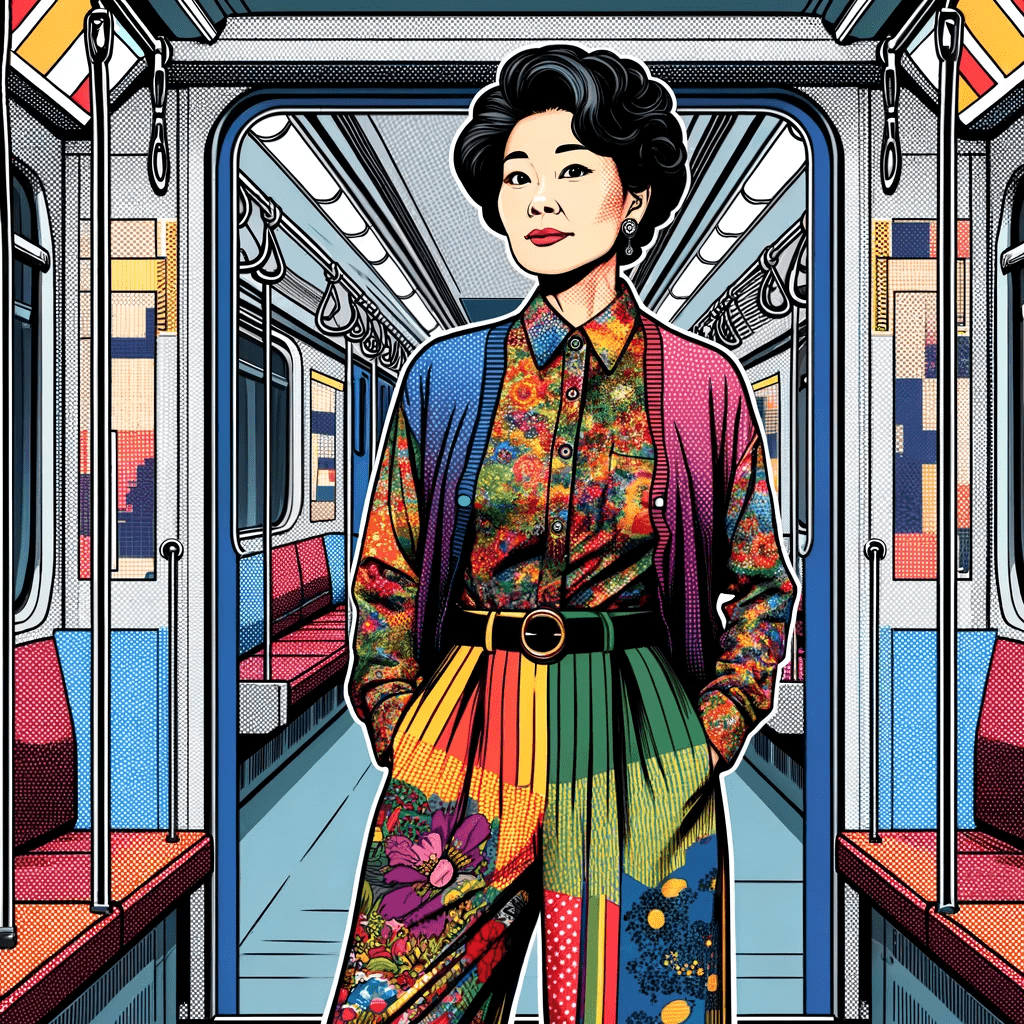
A Shorter But Strong Stance
For some reason the ajumma is often described as short and dumpy. I’d actually say they’re more like little linebackers. When confronted at a subway door by ajummas, you’ll want to get out of the way because they will most definitely bowl you over.
Possibly short compared to you and I, younger Koreans are taller so the Korean ajumma won’t be short forever. Many ajummas these days stand quite tall and proud.

Fabulous Prints & Large Visors
If you step into a traditional market, you’ll notice that there are a plethora of comfy brightly patterned pants and shirts and these seem to be extremely popular with ajummas. It’s their daily uniform and when they’re out and about on a sunny day, they’ll add a large visor so you may not even be able to see their face.
Ever wonder how Korean women can keep their skin looking so good? It’s because they’re always protecting themselves from the sun, exfoliating from head to toe, and using the best of Korean beauty products like Sulwhasoo, for example. Dress up and cover up, it’s the ajumma way.
Busy As A Bee
Ajummas amaze me honestly because they are busy. They’re not interested in spending money frivolously so you won’t find them casually hanging out in cafes. They’re cooking, cleaning, hiking, and will go out of their way to find a deal.
They are interested in getting the best deals on everything they can. If you ever see a line of ajummas, jump in because they’ve probably found the best deal on seaweed, vegetables, or something else that you’ll need in your kitchen.
Am I really an ajumma now?
I didn’t feel the tinge of ajumma when I first got married. I gather the reason most new to wedded bliss females don’t light up when they get married and are immediately called an ajumma is because they don’t feel it. I didn’t. Not to mention that it’s a term of derision rather than respect for many people still today.
I started to feel the power of the ajumma once I became a mother though. Realizing and feeling the power of birthing and then coming to that motherly conclusion that I would do anything, give up anything, and try to provide everything to this little person I created definitely gave me that inspiration ajumma power.
There’s a power that comes with being a middle-aged woman and while the term ajumma can have a negative connotation, I’m enthralled by the power that ajumma’s regularly wield. Ajummas have held families and in many ways, the country of Korea, together and they should be respected for that. Strong and gruff? Sounds fine to me, so maybe I have become an ajumma.
Did you like this post? Pin IT!
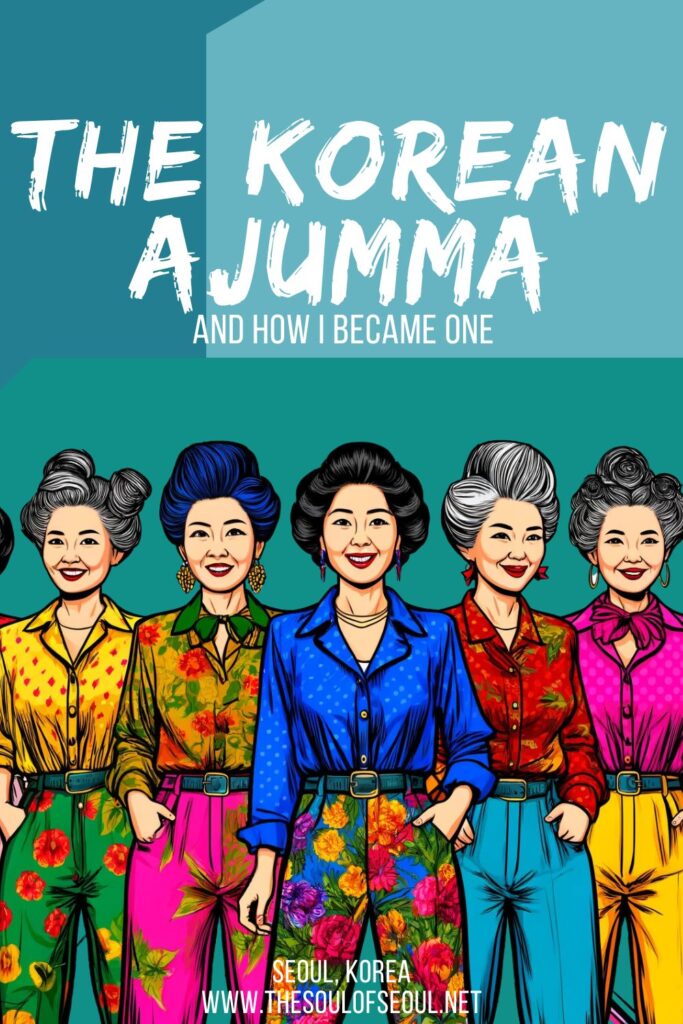
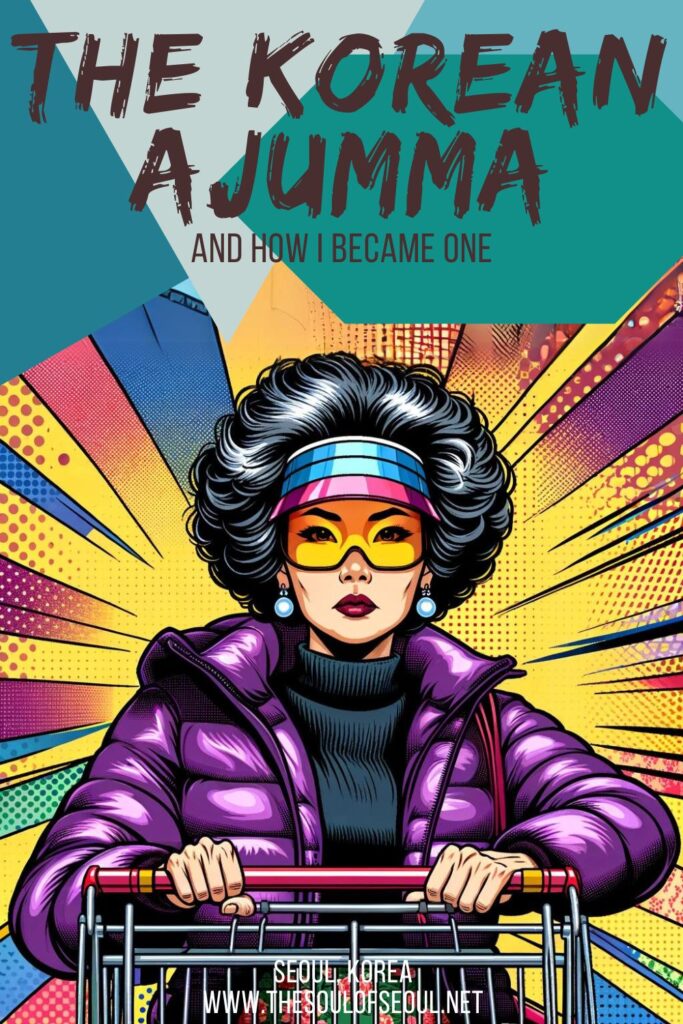


4 Comments
Liz
Excellent content! Did you use AI for the illustrations?
I would like tote bags and t shirts!
beatrice Austin
I’m curious who made the drawings of portraits Ajumma’s, and if you have the idea of making t-shirts with thème because I’m interrested 😜
beatrice Austin
I’m a ajumma ! And proud of it ! Who is thé Authie if the llustrations ? And did havethe of making T, vécues I want one !!!! 😜
Danielle
Thank you for sharing! I like this positive take on something I only recently found out (and worried about). It’s wonderful (and important!) to learn about the origins of ajummas.